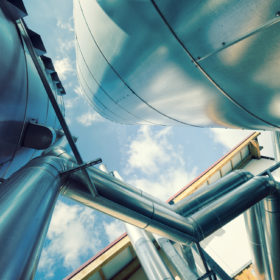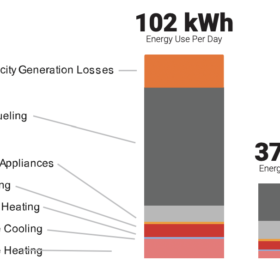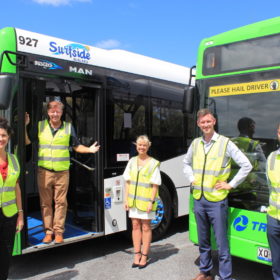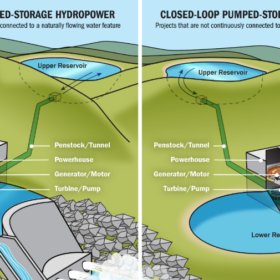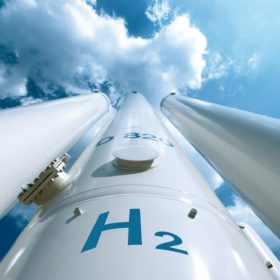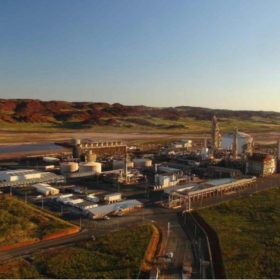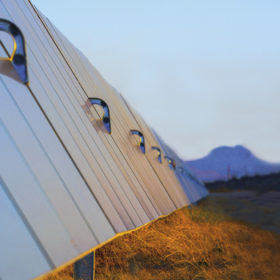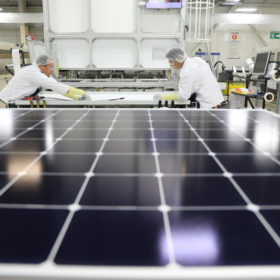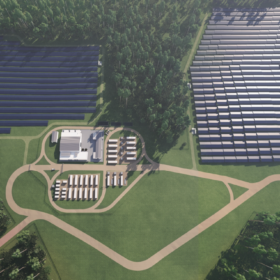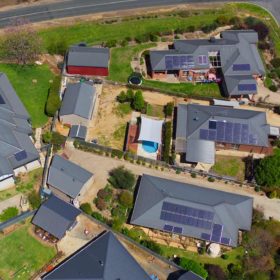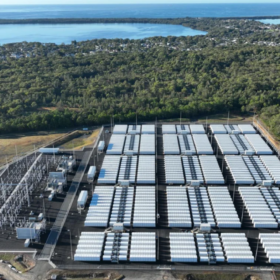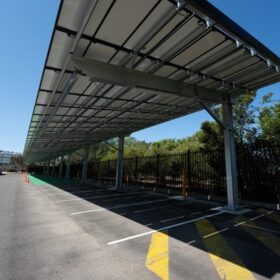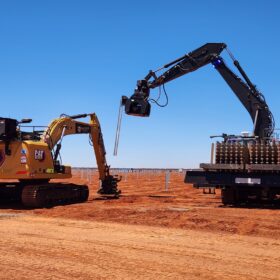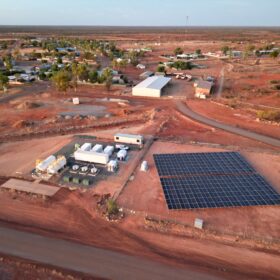‘Carbon negative’ hydrogen & ammonia hub plan partially unveiled for Bundaberg
Plans for a $400 million green hydrogen and ammonia hub in Bundaberg on Queensland’s coast were partially released on Tuesday, with Clean Holdings’ chief executive Ken Mathews telling pv magazine Australia another major project partner is to be announced shortly. As it stands, the project will use hydrogen technology from the newly minted CAC-H2 to gasify agricultural waste from the region and separate out the hydrogen in a process the company’s energy CEO described to pv magazine Australia as “greener than green”.
Households could save $5,443 a year and a third of national emissions by electrifying, report says
Converting all home appliances and cars to run on electricity could save Australian households $40 billion a year by 2028, according to a new report from thinktank Rewiring Australia, the work of Australian-American entrepreneur Saul Griffith.
Melbourne’s bus fleet to electrify from next year in $2.3 billion contract
Melbourne-based public transport company Kinetic has been awarded a $2.3 billion contract by the Victorian government to replace more than half the city’s fleet with low or zero-emissions vehicles by 2031.
Aussie scientists champion closed-loop pumped hydro
Closed-loop pumped-hydro storage offers more chances to minimise environmental effects on water sources and overcomes the problem of finding suitable sites. According to an Australian research team, closed-loop systems could prevail on open-loop systems in the future and this trend is confirmed by another group of scientists from the United States.
How one chemical engineer is channeling Australia’s plentiful PV into hydrogen-derivative renewable fuels
Rose Amal arrived in Australia from Indonesia 38 years ago to study at UNSW. Now her leadership and research are contributing to a new sustainable economy for Australia and clean fuels for energy-hungry industries.
Feeling the industrial heat: carving a path to green thermal
Beyond curtailment of abundant solar and wind output lies a giant sponge of industrial need. Engie Impact is determined to connect the dots.
Sunday read: First Solar goes to India
First Solar has announced plans to establish a new 3.3 GW manufacturing facility in India. Representing an investment of US$684 million (AU$950 million), the move demonstrates the thin-film PV manufacturer’s confidence in India’s solar growth and the increasingly favourable policy environment for domestic solar PV production.
Industry veteran warns of looming supply chain disruption
Australia’s module supply landscape could experience a supply shock as legislation looms to stamp out the use of forced labor. Chris O’Brien, Maxeon Solar Technologies VP for the APAC region says that the measures that have left modules stranded at the U.S. border could very well occur in Australia soon.
HDF to construct baseload power plant using green hydrogen, plans Australia expansion
The project includes a solar park coupled with what HDF Energy claims is the “largest green hydrogen storage of intermittent electricity sources” at 128 MWh. Importantly, the company also simultaneously announced expansion plans into Australia, saying its hydrogen technology will soon be available here, adding that it has “projects already in development for Australia”.
New report tips rooftop solar PV to shine bright in 2030
Australia’s clean energy transition is predicted to accelerate in the coming years with a new report suggesting most Australian homes and businesses will have switched to solar PV modules paired with batteries by 2030 while the nation will have the highest penetration of renewable energy per capita in the world.
